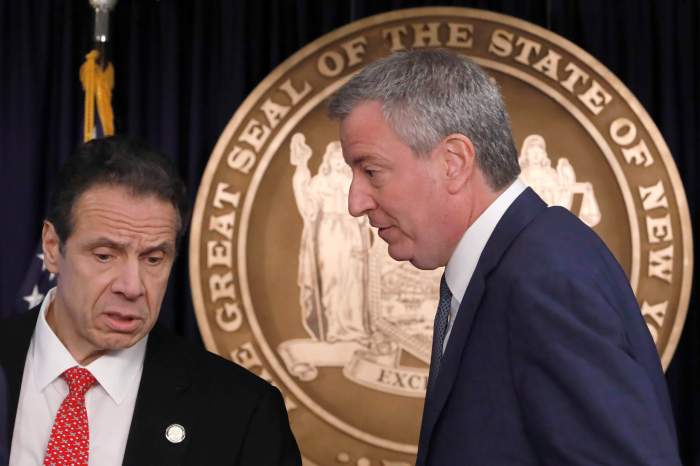In her proposed Executive State Budget, Governor Hochul included a provision that would reduce the number of health plans available to New Yorkers enrolled in the Medicaid program.
Under the proposal, the Department of Health would limit the options available to these individuals to at least two but no more than five plans in each region of the state, eliminating health plans from the program. This will result in fewer choices for more than 5.5 million residents, disrupting the care for some of the most vulnerable residents in New York.
The state has been a national leader in delivering high-quality care to individuals in the Medicaid program. They often have multiple health conditions that require coordination of numerous services that include both physical health and mental health care, as well as help coordinating social services, such as housing, employment, education, and food services. This success is due in large part to the work of health plans coordinating care with providers and community organizations to ensure these patients’ needs are met.
Consider Mary, an 82-year-old who has multiple sclerosis, osteoporosis and asthma and requires assistance with toileting, taking medications, preparing meals and transportation to her medical appointments. She’s been enrolled in a Medicaid health plan since 2013, which has provided her with personal care assistance services and durable medical equipment supplies so that she’s able to remain in her home, despite her health challenges. On the few occasions that Mary’s needed to go to the hospital, her plan has made sure that the necessary in-home services were in place when she’s returned home, and was able to arrange for an in-home COVID vaccine and flu shot at the height of the pandemic.
As a result of her health plan, over the last eight years Mary has been able to remain at home and in her community. Limiting the number of health plans available to individuals will undercut those efforts and potentially force hundreds of thousands of low-income New Yorkers to move from their current health plan and interrupt the services they now receive.
Further, the proposal runs counter to the state’s goal of promoting health equity. Minority and underserved populations have been disproportionately affected by the pandemic. Taking options away from Medicaid members will undercut efforts to address racial and ethnic disparities in care.
It will also undermine New York’s initiatives to expand coverage and keep more individuals insured. Part of the state’s success in getting more than 95% of residents covered has been creating a seamless process for low-income individuals to maintain coverage as they move from Medicaid to other insurance options when their financial circumstances change. Limiting the number of Medicaid plans will make it more difficult for these individuals to stay covered.
Finally, the proposal will not produce any savings in the upcoming budget. While it is expected to save $200 million for the state in fiscal year 2024, that is less than 1% of the total Medicaid budget. Considering the level of disruption the proposal will cause for patients, providers and health plans, there are better ways to reduce costs in the Medicaid program and the Governor should drop this policy proposal from the state budget.
Eric Linzer is president and CEO of the New York Health Plan Association, which represents 29 health plans that provide coverage to more than 8 million New Yorkers.





































